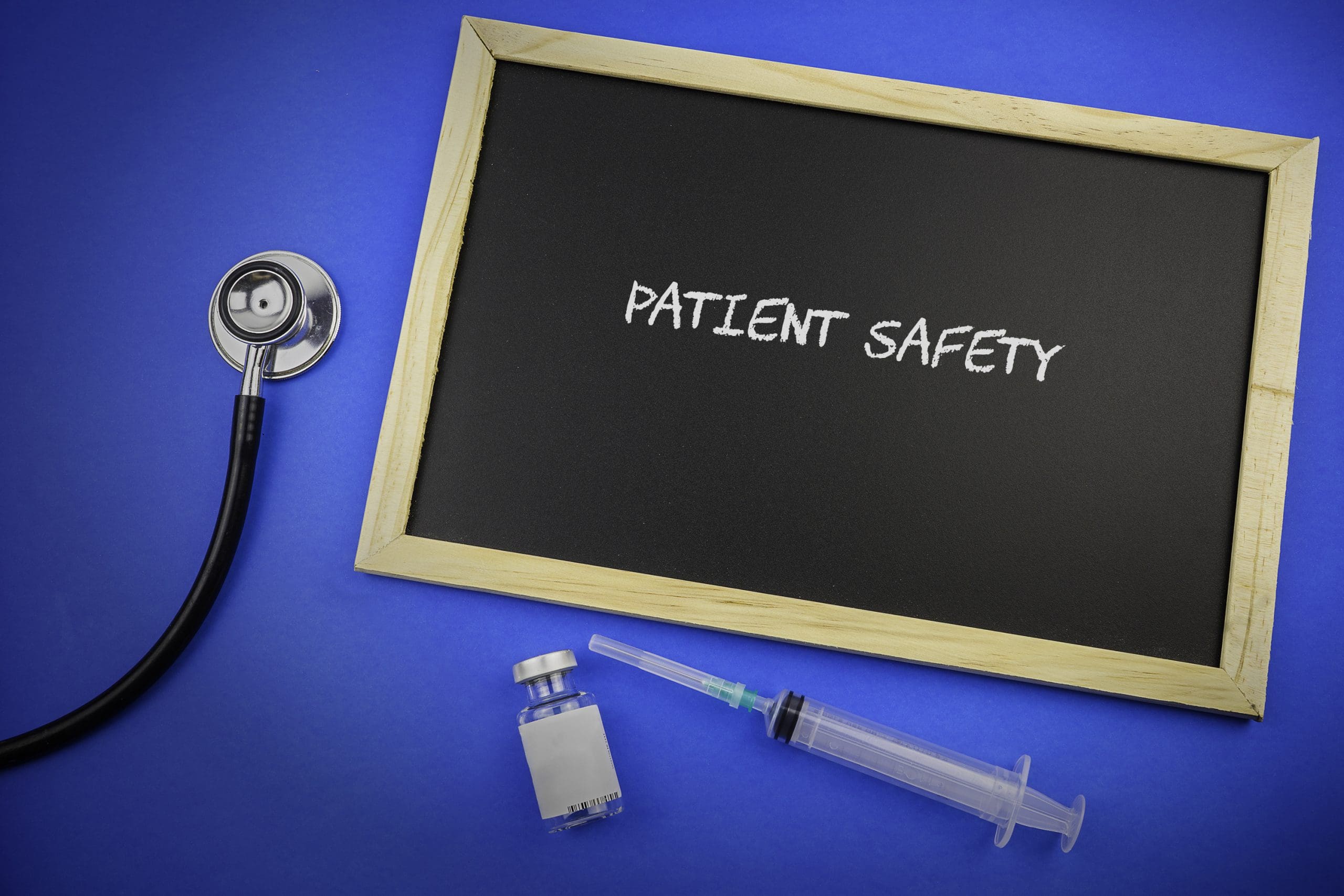Resolved: Stay focused on safe patient care
Five years ago, the World Health Organization (WHO) published its third global patient safety challenge, which aimed to improve medical safety. One year ago, WHO published its Global Patient Safety Action Plan 2021-2030 with a goal of eliminating avoidable harm in healthcare.
An old adage says, “When you are up to your neck in alligators, it’s hard to remember that the initial objective was to drain the swamp.” Some references to its origin come from the principle of draining swamps to rid areas of mosquitos; professionally, it points to staying focused on your primary purpose while coping with multiple disruptions.
My primary focus is trying to stay current with the many topics and issues that clamor for our attention and action. To do so, in the last few months, I attended the co-located American Nurses Credentialing Center National Magnet Conference® and Pathway to Excellence Conference®, the American Academy of Nursing Health Policy Conference and Fellow Induction Ceremony, and the Institute for Healthcare Improvement National Forum. Across these events, I noted a common focus on significant advances in safety science and technology that support patient care and the nursing profession. All good news to me, since in pursuit of my doctorate, I focused on research and strategies to reduce polypharmacy in older adults. I was struck by the persistent and hard-to-overcome challenges related to medication safety, especially in the over-65 population, which could be addressed using these advances and the WHO Global Patient Safety Action Plan.
The nurse’s role in medication safety
Mindfulness for medication safety
Do you know just how common medication adverse events are? Each year, more than 700,000 outpatients receive treatment in the emergency department for an adverse event caused by a medication, and roughly 1 in every 10 hospitalized patients develops a healthcare acquired condition, including adverse drug events. Although improvements have occurred, several disruptions—the COVID-19 pandemic, the growing nursing shortage, workplace violence, the challenging burnout epidemic, and other “alligators”—have distracted us from our essential objective: Provide the best care while doing no harm.
The WHO’s global efforts to make the world a safer place deserve our focus and the Global Patient Safety Action Plan provides the goals and a roadmap to help us get back on track to reduce adverse events. Global goals can yield global results. In this new year, I’m resolved to tame all of the alligators nipping at my toes, and to stay focused on draining the medication adverse event swamp that threatens the pursuit of consistent, safe patient care. I have another resolution—to keep reminding you to take good care of yourself, so you can take good care of your patients. I’ll do the same. Happy New Year.


Lillee Gelinas, DNP, RN, CPPS, FAAN
Editor-in-Chief
References
National Patient Safety Foundation. Free from Harm: Accelerating Patient Safety Improvement Fifteen Years after To Err Is Human. Boston, MA: National Patient Safety Foundation; 2015.
World Health Organization. WHO calls for urgent action by countries for achieving medication without harm. September 16, 2022. who.int/news/item/16-09-2022-who-calls-for-urgent-action-by-countries-for-achieving-medication-without-harm
American Nurse Journal. 2023; 18(1). Doi: 10.51256/ANJ012304


















